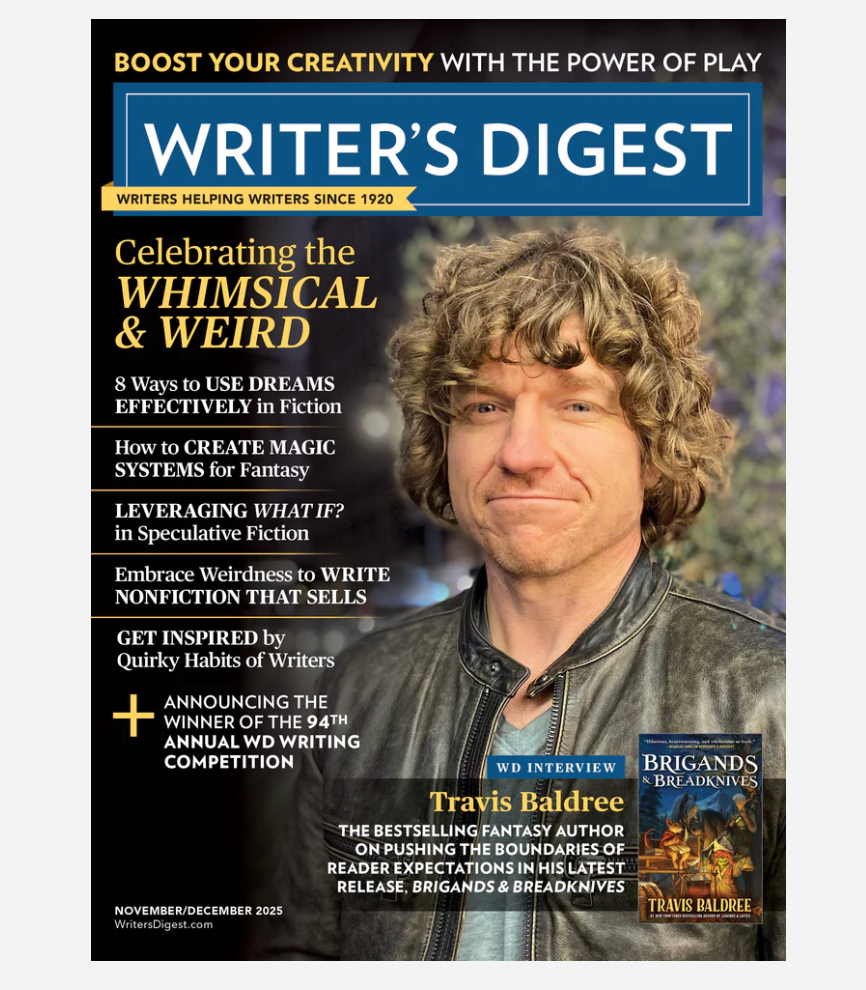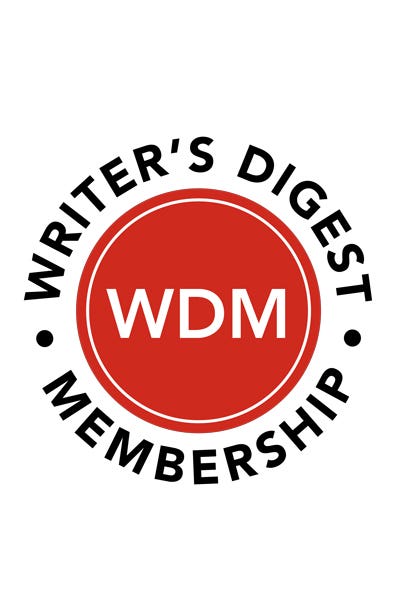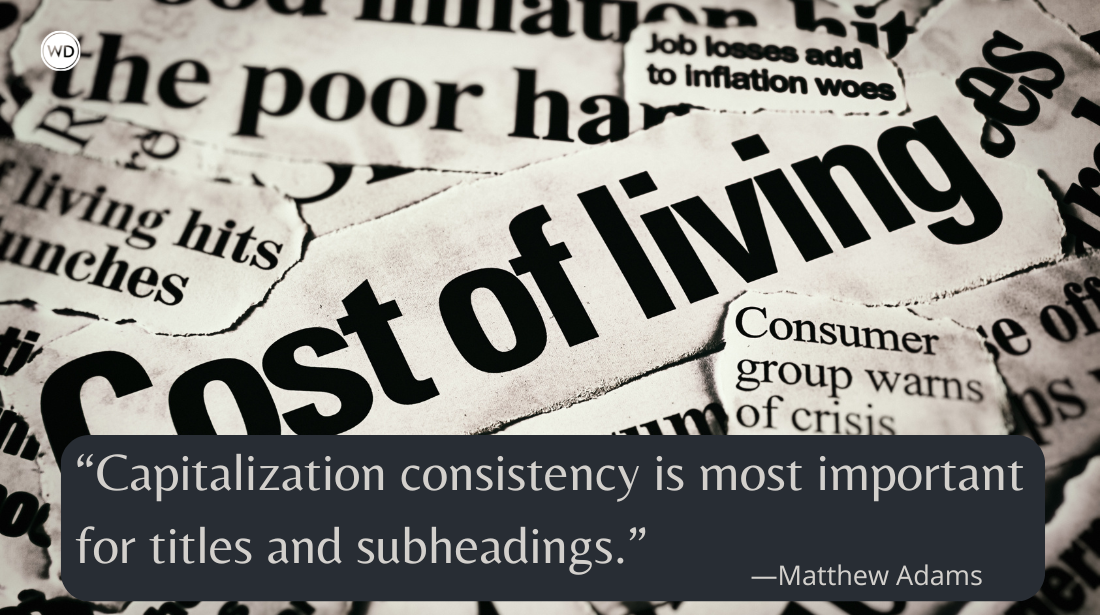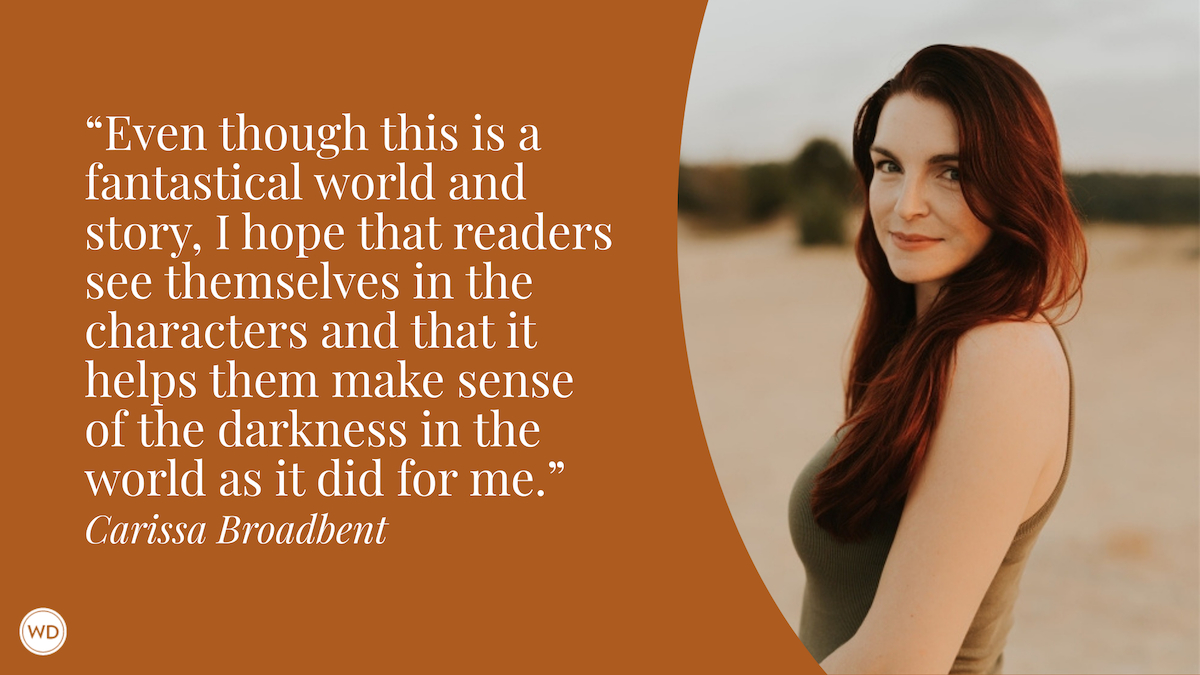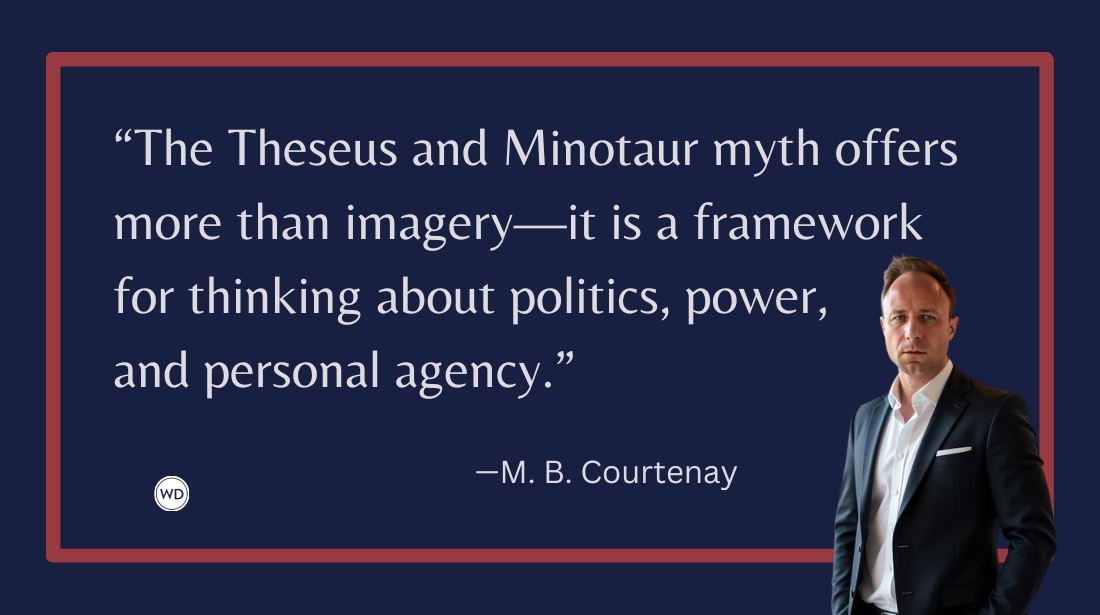5 Tips for Writing a Fast-Paced Psychological Thriller
International bestselling author Douglas Corleone reveals his top five tips for writing fast-paced psychological thrillers readers love.
In the early 20s, after penning four legal mysteries, four international thrillers, and a Robert Ludlum espionage novel, I faced my greatest challenge yet—crafting my first psychological thriller. I hardly went into the genre cold. All nine of my previous novels contain strong psychological elements. Yet it took years of studying the modern greats, from Gillian Flynn’s Gone Girl to Alex Michaelides’ The Silent Patient, before I finally felt confident to enter the arena myself.
Once I finally did, like most protagonists, I found myself in a new world with new rules and hairier obstacles, isolated and confused, roaming through a perilous wilderness—I mean this literally. In preparation for Falls to Pieces, I spent a week in and around the rainforests of Maui, hiking on- and off-trail, over rickety bridges, past 400-foot waterfalls, climbing stone walls, exploring deep lava tubes, and trying not to get myself lost like Kati Dawes’ fiancé, Eddie Akana, just prior to the beginning of the book.
Which leads to my first tip for writing a fast-paced psychological thriller.
Begin in the middle of the inciting incident
In the first full chapter of Falls to Pieces, Kati sits on the edge of her seat in a rescue helicopter, circling the southeastern tip of the island one final time. They’re fast losing the light—and with it, any hope of finding Eddie alive in the crucial first 24 hours of his disappearance.
With Eddie already missing, the stakes are set out in the first sentence. Earlier drafts contained scenes of Kati and Eddie hiking the trail at Maui’s National Park; his going missing; her fevered search along the treacherous terrain of the tropical wilderness. However, none of these details are critical in the first chapter. Instead, they were a distraction.
Even later, I remained spare with my descriptions of the lush and hazardous landscape.
Let the reader collaborate
Whether we’re aware of it, the reader is a partner in every story we write. No one today needs lengthy, flowery descriptions of common settings like beaches and mountains and jungles. Include only the concrete and sensory details pertinent to the story.
When it comes to descriptions, less is more. Provide enough of a glance to allow the reader to use their imagination to fill in the blanks and paint the overall landscape themselves. In Falls to Pieces, simple fragments of description—like warning signs about mudslides, flashfloods, and rockfalls—give the reader enough of a visual and visceral sense of the setting to build tension and suspense.
Use isolation to enhance tension
When writing psychological suspense, there are several tools immediately available to you if you choose to use them. Isolation is one of the most powerful of these tools. In Falls to Pieces, Kati and Zoe are physically isolated in the sleepy town of Hana, where they’re living off-grid under false identities, in order to hide from their violent past.
Yet, even in stories where your protagonist is constantly surrounded by people, they can feel isolated. Indeed, many introverts never feel more isolated than when they’re floating among a sea of people. (Or so I’ve heard.)
Employ unreliable narrators to craft surprise endings
Sometimes authors cheat at this, and readers feel robbed, so it’s imperative that you remain within the bounds of credulity. Even the world of the most unreliable of narrators must feel real to the reader. Don’t take shortcuts. Don’t use cliches. There are countless reasons for a narrator to be unreliable. Alcohol is not the only way to forget, and memory failure isn’t the only way to convincingly use an unreliable narrator. Read up on how traumatic memories differ from regular memories in books like The Body Keeps the Score by Bessel van der Kolk, M.D. Books like these keep writers original, thoughtful, and clever.
Layer in flashbacks
Flashback is not a four-letter word. If you doubt they can be useful, meaningful, even powerful, when used skillfully, one needs only to watch some of the highly rated limited series on their favorite streaming service.
When writing a flashback, be spare in the retelling. Memories – especially traumatic memories – primarily come in the form of fragments and associated feelings, not stories with beginnings, middles, and endings. Lengthy word-for-word flashbacks are unnecessary. Just as you do in each scene (or at each social gathering), enter the flashback as late as you can, and leave as early as possible. As with descriptions (and social engagements), less is more.
Check out Douglas Corleone's Falls to Pieces here:
(WD uses affiliate links)


